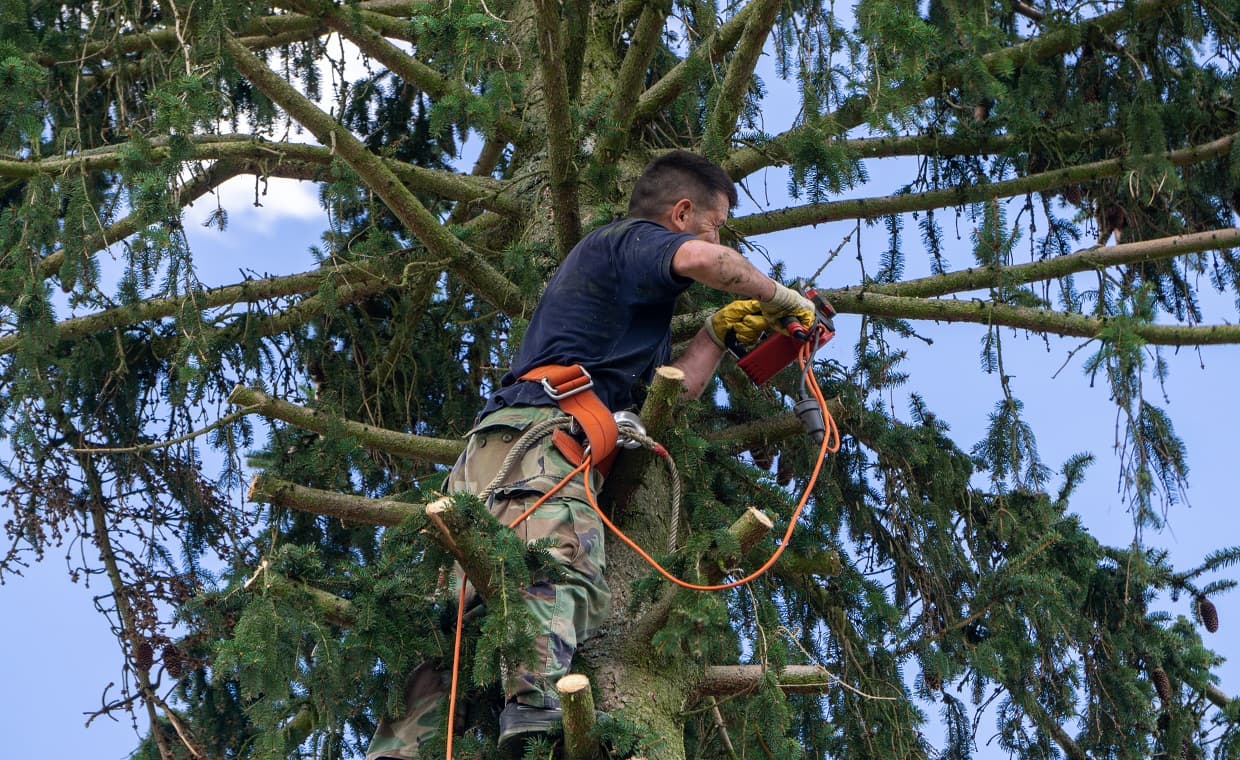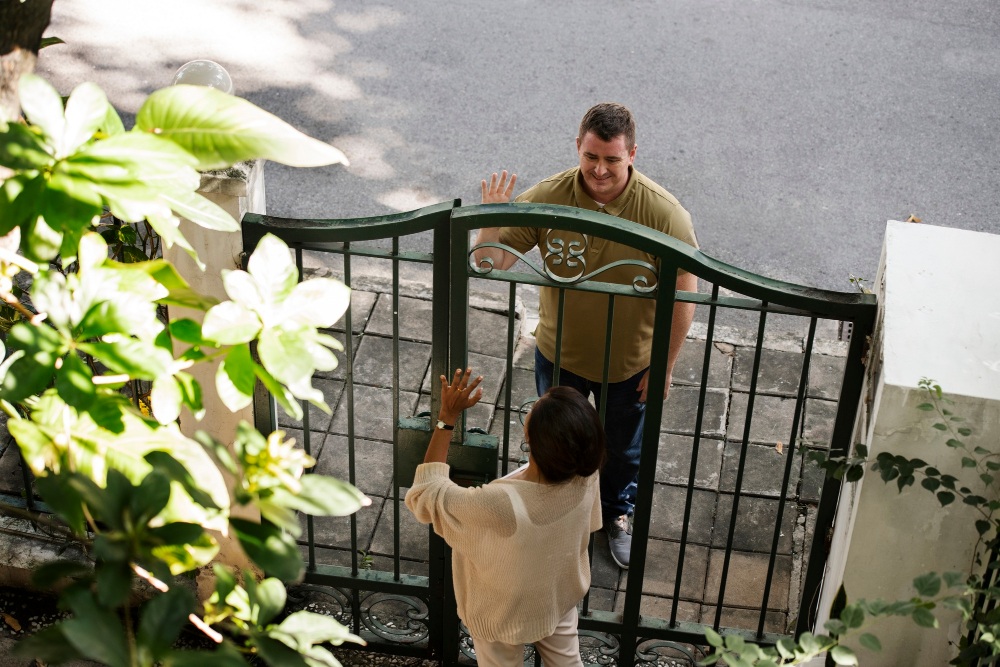
Table of Contents
Quick Summary
- Trees are living assets that require regular care and planning.
- Proactive tree maintenance reduces risks, prevents damage, and limits liability.
- Well-maintained trees enhance curb appeal, boost property value, and support tenant satisfaction.
- Regular pruning and assessments help avoid conflicts with residents and neighbours.
- Compliance with council regulations is crucial to avoid fines and disputes.
- Preventative maintenance saves money compared to emergency removals.
- Sustainable planning includes planting native, low-maintenance species for the future.
- Partnering with professional services like Gold Coast Tree Lopping ensures safe, compliant, and cost-effective tree management.
The Quiet Role Trees Play in Property Management
Trees are easy to overlook-until they’re not. A leaning gum over the driveway, branches scraping at top-floor balconies, or a sudden call from a tenant about a blocked view or damaged gutter usually pulls them back into focus. But proactive tree maintenance isn’t just about preventing problems; it’s about managing risk, improving property value, and keeping tenants and residents happy. For strata and property managers, it should be a key part of the routine, not an afterthought.
Safety First: Managing Risk and Liability

Overgrown or unhealthy trees can become safety hazards. Storms, high winds, or simply age and disease can cause limbs-or whole trees-to fall. This poses obvious danger to residents, vehicles, nearby power lines, and neighbouring properties. Even without a dramatic collapse, falling leaves, seed pods, or sap can create slip hazards in communal pathways or car parks.
The potential for injury or property damage brings legal implications. As the responsible party, a strata or property manager may be held liable if a tree-related incident could have been prevented with regular maintenance. Tree risk assessments, pruning, and removal of dead or unstable trees form a necessary line of defence-not just for safety, but for legal peace of mind.
Curb Appeal and Property Value
Well-maintained trees help shape the first impression of any property. Whether it’s a boutique apartment complex or a large residential community, the landscaping can either attract or deter prospective buyers and tenants. Overgrown, messy, or poorly positioned trees signal neglect-while tidy, healthy greenery suggests care and attention.
Trees also play a long game. They offer shade, reduce heat in summer months, and can even help with energy efficiency. Long-term tenants and owners appreciate properties where the outdoor spaces are as livable and considered as the interiors.
Keeping the Peace with Residents and Neighbors

One of the subtler roles of a property or strata manager is conflict resolution. Trees-surprisingly-can be flashpoints. Neighbours may dispute boundary overhang, root intrusion, or obstructed views. Within the property, residents might complain about leaf litter, lack of sunlight, or branches too close to balconies and windows.
By having a structured tree maintenance plan in place, managers can avoid a lot of reactive headaches. Regular pruning schedules and professional assessments mean issues can be addressed early and consistently, rather than being left to escalate. It’s far easier to reassure a concerned resident when there’s already a plan in place.
Regulatory Compliance and Council Guidelines
Local councils across Australia have specific guidelines around tree removal and pruning, especially for heritage or protected species. Strata managers can’t simply decide to chop down a tree that’s become an eyesore-there may be permits, inspections, or restrictions involved.
Failing to follow these regulations can result in fines, disputes, or even forced replacement of protected trees. A qualified arborist or tree maintenance provider will be up to date on local rules, making compliance part of the package.
For example, in areas like the Gold Coast, engaging Gold Coast Tree Lopping services ensures that maintenance is carried out safely and in line with regional requirements. They’re not just armed with chainsaws-they’re equipped with local knowledge that prevents costly errors.
Preventative vs Reactive Maintenance
Waiting for something to go wrong is usually the most expensive option. Emergency tree removal often involves after-hours rates, specialised equipment, and damage repair costs-not to mention the stress involved.
Preventative maintenance flips that script. Seasonal pruning, health assessments, and early removal of dying trees is cheaper, safer, and far less disruptive. It also allows for budgeting ahead, instead of dipping into emergency funds.
Sustainability and Long-Term Planning

There’s also a bigger picture to consider. Trees provide crucial environmental benefits-reducing CO₂, supporting biodiversity, and even improving mental wellbeing for residents who enjoy green views or shaded courtyards.
Long-term planning should include planting new trees to replace those at the end of their lifespan. Working with professionals who can recommend native, low-maintenance, and space-appropriate species helps ensure the landscape continues to thrive without becoming a future problem.
Final Thoughts
Tree maintenance may not be the flashiest line item in a strata or property manager’s responsibilities, but it’s one of the most important. From protecting residents and complying with council guidelines to enhancing property value and avoiding disputes, trees touch nearly every aspect of good management.
Rather than seeing them as static features, it pays to view trees as dynamic, living assets-ones that require care, planning, and a little foresight. Partnering with professionals like Gold Coast Tree Lopping ensures that responsibility doesn’t turn into liability-and that properties remain both beautiful and safe for the long term.
Also Read: Legal Essentials for Property Investors Entering the Private Equity Space
FAQ: Tree Maintenance
Q1: Why is tree maintenance important for strata and property managers?
It helps manage safety risks, maintain property value, ensure compliance, and reduce disputes with residents or neighbours.
Q2: How often should trees on managed properties be inspected?
Ideally, trees should be assessed annually by a qualified arborist, with additional inspections after storms or extreme weather.
Q3: Can property managers remove trees without council approval?
In most cases, no. Local councils often require permits, especially for heritage or protected species.
Q4: What’s the difference between preventative and reactive tree maintenance?
Preventative maintenance involves regular pruning and health checks, while reactive maintenance responds to emergencies or damage, often at higher costs.
Q5: How do well-maintained trees impact property value?
Healthy, attractive trees improve curb appeal, provide shade, and create a pleasant living environment, boosting long-term property value.






























